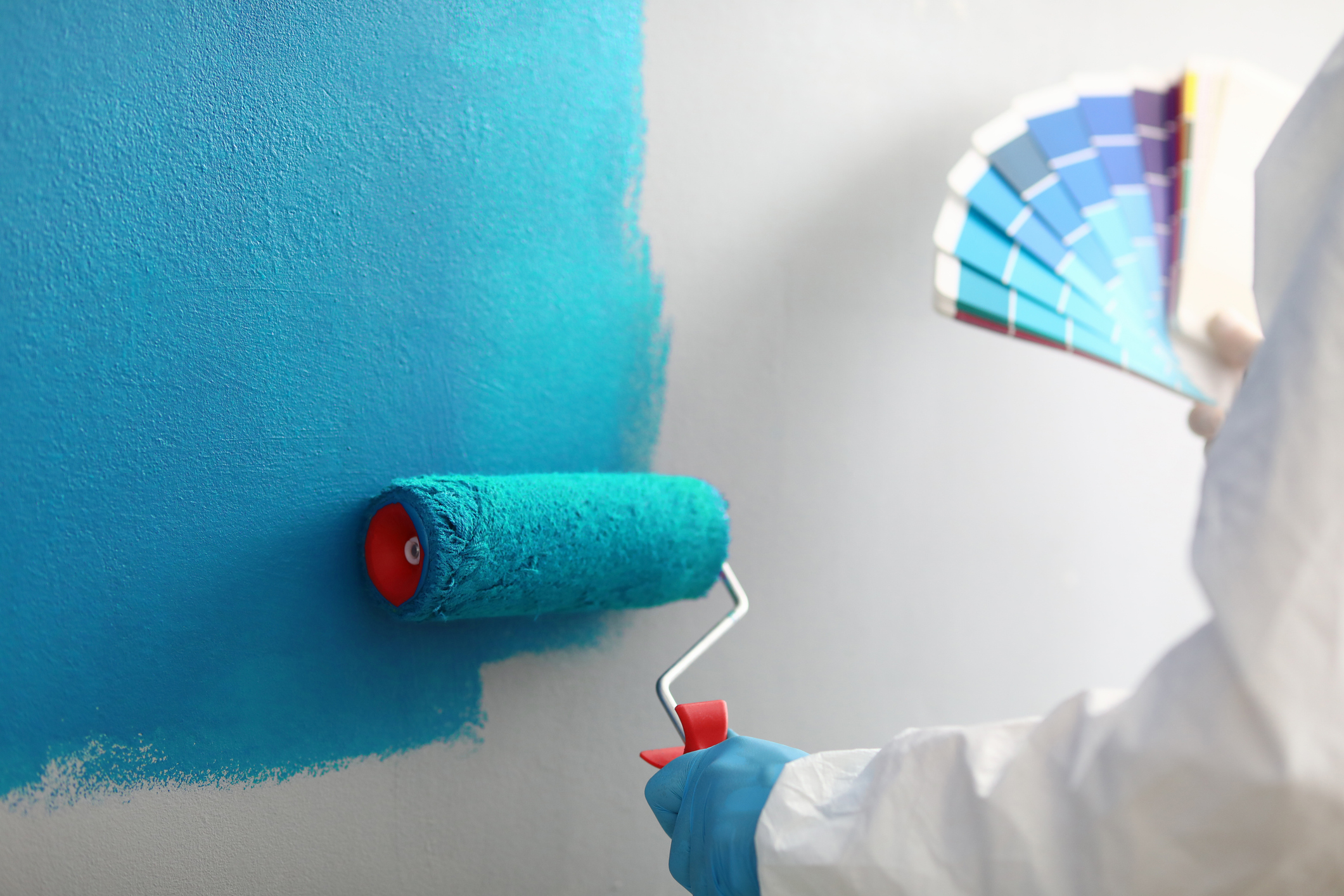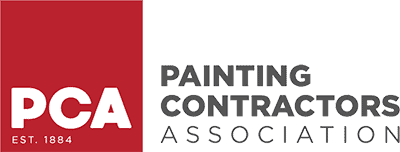How to paint textured walls is something that throws a lot of people off, especially during interior house painting in Binghamton, NY. What seems like a straightforward project can quickly turn messy if you’re not prepared. Textured surfaces don’t behave like flat ones. They soak up paint unevenly, hide dust in weird places, and can leave streaks behind if you rush it.

I once worked with a couple who had just moved into an older home with heavily textured hallway walls. They tried to do the painting themselves but quickly ran into trouble. Their roller left behind skips and globs, and the tape peeled the paint right off when they were done. We came in, explained what went wrong, and helped them get it back on track. It was all in the prep and technique.
If you want smooth results without the stress, here’s how to get started.
Key Takeaways
What You’ll Need to Paint Textured Walls?
Painting walls with textured paint means thinking ahead. You can’t just grab whatever roller you have in the garage and expect a good outcome. You need to choose the correct paint roller for the job! You’ll need a nap that’s thick enough to push paint into the texture without pressing too hard.
Here’s the full list of gear I always keep ready:
How to Paint Textured Walls

Extra Tips from a Professional House Painter
Working with textured surfaces has taught me a few tricks that make all the difference:
These techniques have saved more than a few painting projects.
What to Expect From Painting Walls With Texture
So how do you paint textured walls without all the headaches? You clean more, prep longer, and choose better tools. That’s the honest answer. Take your time and double-check your work as you go.

If you get halfway in and feel like you’re fighting the wall, a professional house painter can take it from there. It’s not about giving up—it’s about getting the result you wanted in the first place.
Let Brushes Over Broome Help You Out
Planning interior house painting in Binghamton, NY? Let Brushes Over Broome take the stress off your shoulders. We’ve worked on textured walls of every kind and know exactly how to get the finish you want.
Our team handles projects across Binghamton, Vestal, Johnson City, and the surrounding New York Suburbs, and we show up on time, clean up after ourselves, and leave behind paint jobs you’ll actually want to show off.


